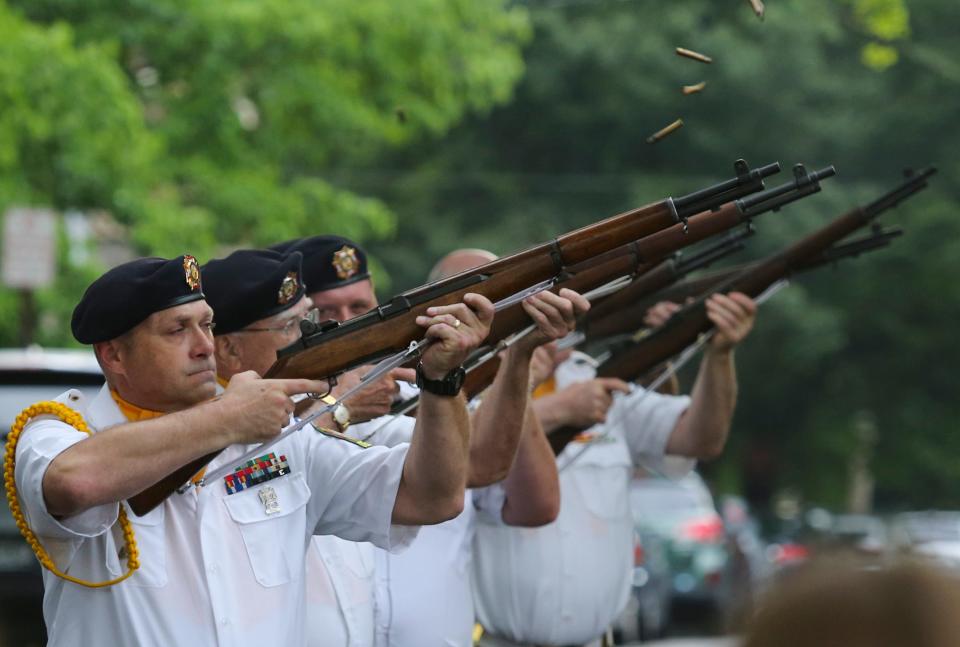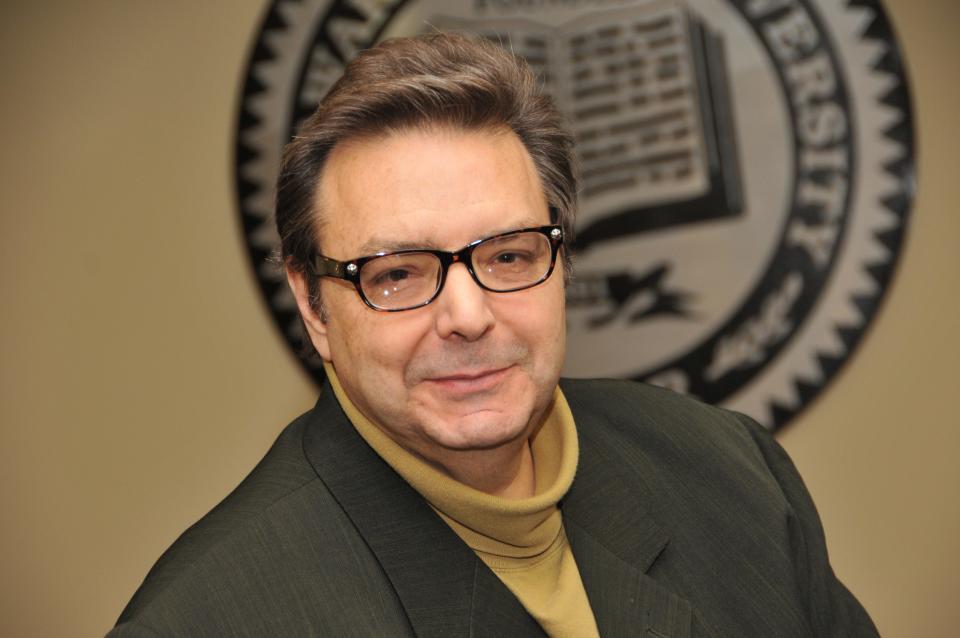The Warrior's Credo and Memorial Day are linked forever — in Delaware and beyond
One of the cardinal rules of the American military is do everything possible to remove those killed for proper burial, and to keep searching for those still missing in action: to never leave a comrade behind. While not always possible, changes in technology, national policies and activism from groups and citizens alike have improved identification and return of war dead, for which Memorial Day serves as the perpetual annual reminder of those who have made the ultimate sacrifice.
During the American Civil War, the consistently large loss of life on the battlefield, combined with images of the dead made possible by emerging camera photography, prompted President Abraham Lincoln's July 1862 order authorizing construction of national war cemeteries. It was only six years later that the first Memorial Day — then called Decoration Day — took place. The May 30 date of Memorial Day was observed by states until 1971, when the change to the last Monday in May took effect as a federal holiday.
In November 1917, the first American troops were killed in World War I in France, necessitating creation of the Graves Registration Service to account for the dead. As a result of a disagreement between the army and families at home over returning the remains of fallen soldiers buried overseas, together with a change in French policy which previously prevented return of remains, the U.S. government committed $30 million to bring about 60 percent of those killed back to America after the war. Then, in 1923, the American Battle Monuments Commission, or ABMC, was established, specifically to honor members of the military killed serving overseas. Today, the ABMC runs 27 cemeteries and 31 monuments in 17 nations around the world.

In World War II, the logistics of bringing back the departed were challenging. During that war, the Graves Registration Service was reactiviated. Following World War II, the Return of the Dead Program was enacted, helping to repatriate the remains of over 170,000 from more than 80 nations across six continents.
The military announced during the Korean War that the policy of erecting temporary burial sites overseas for later return of remains had changed, in favor of immediate return. Within a few years, the Port Mortuary started at Dover Air Force Base, and since 2005 that location has also been responsible for processing and returning personal items belonging to the fallen. Though a blackout dating from the Gulf War prevented media coverage of departed personnel coming to Dover for seventeen years, the ban was lifted in 2008. Another domestic military mortuary is located in Hawaii, with others in Germany and South Korea.

Thanks to the advances in forensics and DNA tracing, the military has been able to assist in reuniting families with long-lost remains of loved ones. The following examples are just a few of the amazing success stories in this area:
In 2019, the Defense POW/MIA Accounting Agency (DPAA) determined that the remains of Seaford, Delaware resident George Johnson had been misidentified after his January 1944 death in World War II and had been buried near Buffalo, New York. His remains were returned to the family in 2021. Just this year, two more families were reunited with their son's remains from World War II after more than 80 years;
A decade-long mission to exhume and return American servicemen who were killed inside North Korea during the Korean War resulted in repatriation of more than 200 remains;
With the help of forensic anthropologists, a current project in South Carolina has identified Revolutionay War soldiers' bones buried at the location of the 1780 Battle of Camden.
In 2023 alone, the DPAA reported returning the remains of 127 American military personnel. However, with over 80,000 Americans cumulatively missing in action from all wars, there is no shortage of military mysteries to solve. And though the United States has a formidable arsenal of military might, it is certain that young men and women will continue to perish periodically in its service, meaning more flag-draped caskets to salute.
So the Warrior's Credo and Memorial Day will remain inevitably linked.
Dr. Samuel B. Hoff is George Washington Distinguished Professor Emeritus of History and Political Science at Delaware State University. He served as DSU's ROTC Director from 1993-1999.
This article originally appeared on Delaware News Journal: The Warrior's Credo and Memorial Day are linked forever

